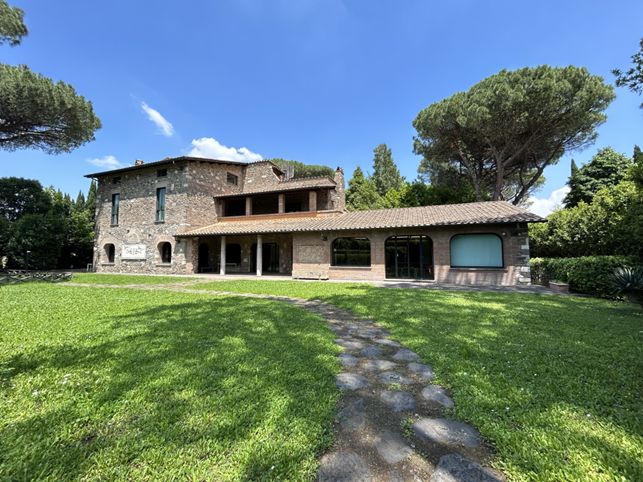Italian National Agency for New Technologies, Energy and Sustainable Economic Development

Cultural heritage : ENEA studies regeneration of historic buildings in Rome
ENEA is exploring the energy requalification of historic buildings while preserving their historical-artistic value. The buildings in the Appia Antica archaeological park in Rome will serve as pilot cases.
The activity, conducted by the ENEA Energy Efficiency Department, is part of a program agreement with the Ministry of the Environment and Energy Security for the implementation of the three-year Electricity System Research Plan 2022-2024.
ENEA researchers are applying methods and solutions suitable for the energy efficiency of listed buildings, analyzing different intervention scenarios - both on single buildings and entire sites - to choose improvement strategies and production systems from optimal renewable sources. Furthermore, through non-invasive investigation techniques like thermography, analysis of systems and bills, both the energy performance and future consumption are calculated.
As Silvia Di Turi, researcher at the ENEA Energy Efficiency in Buildings and Urban Development Laboratory of the Energy Efficiency Department explained, "we are conducting a multidisciplinary study with an integrated approach applied to four building complexes: Capo di Bove, Santa Maria Nova, Villa dei Quintili and Villa di Sette Bassi, which are part of the park itself, each with its own peculiarities. These buildings are the result of a complex historical stratification occurred in different eras, a common condition in the Italian historical building heritage. The variety of purposes for which they are used (offices, museums, reception and service spaces) allows to extend the analysis to a wide range of cases, which are illustrative of the national situation.
Since it belongs to a larger limited context like the archaeological park, it offers a unique opportunity to evaluate different intervention strategies and consider installing energy production systems from renewable sources, serving both the single building and the entire site".
ENEA has also drawn specific guidelines for buildings, in line with the recommendations of the Ministry of Culture[1], with the aim of orienting designers towards the most suitable energy efficiency solutions according to the characteristics of the buildings. A methodological approach that aims at creating the conditions for informed decisions on the energy and sustainable redevelopment of the listed historic asset, consistently with the decarbonisation of the building stock requested by the European Union.

Capo di Bove, one of the buildings under study in the Appia Antica archaeological park
